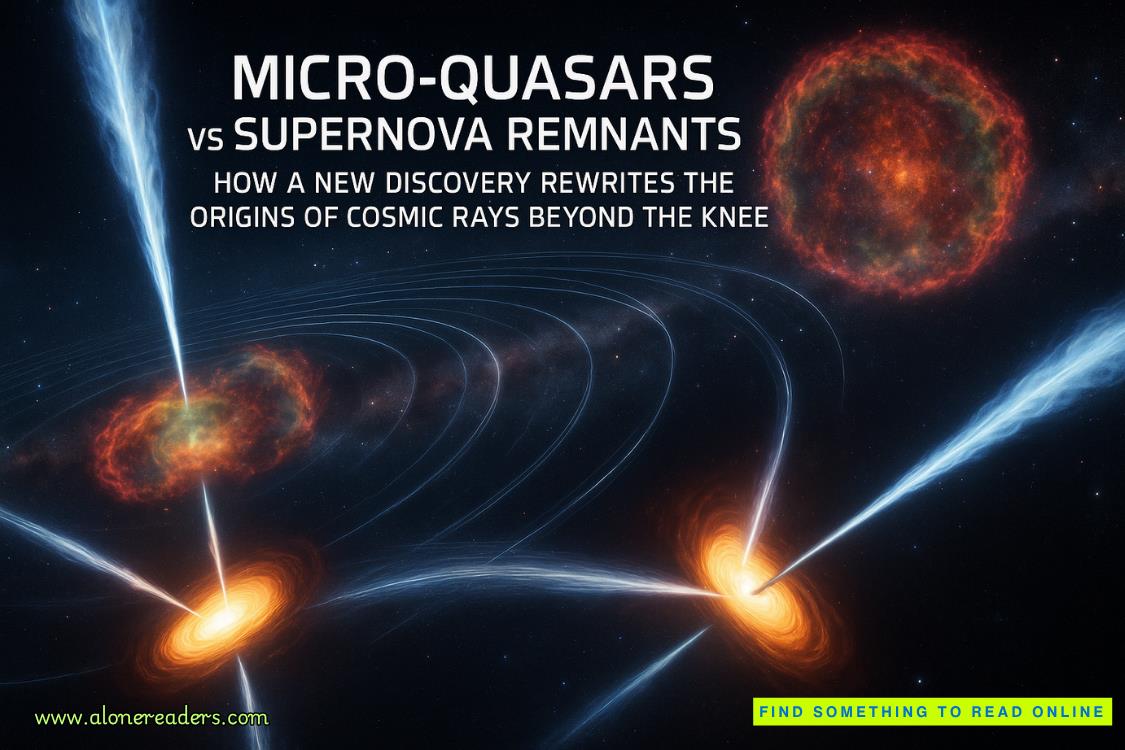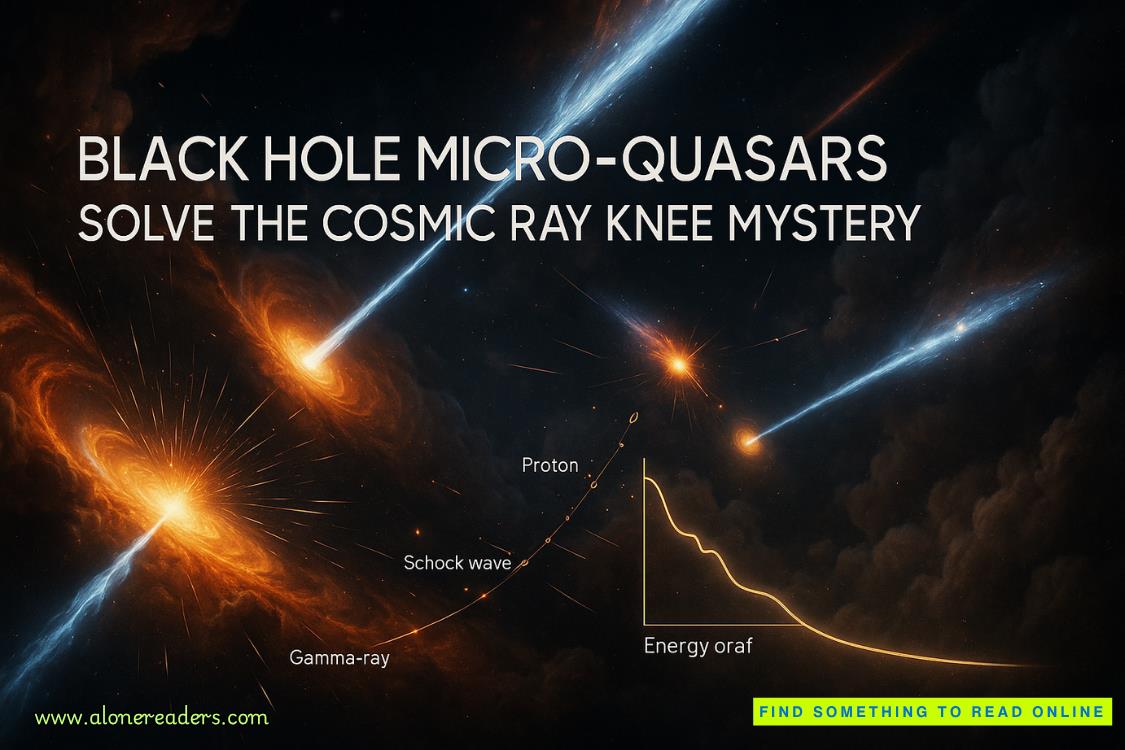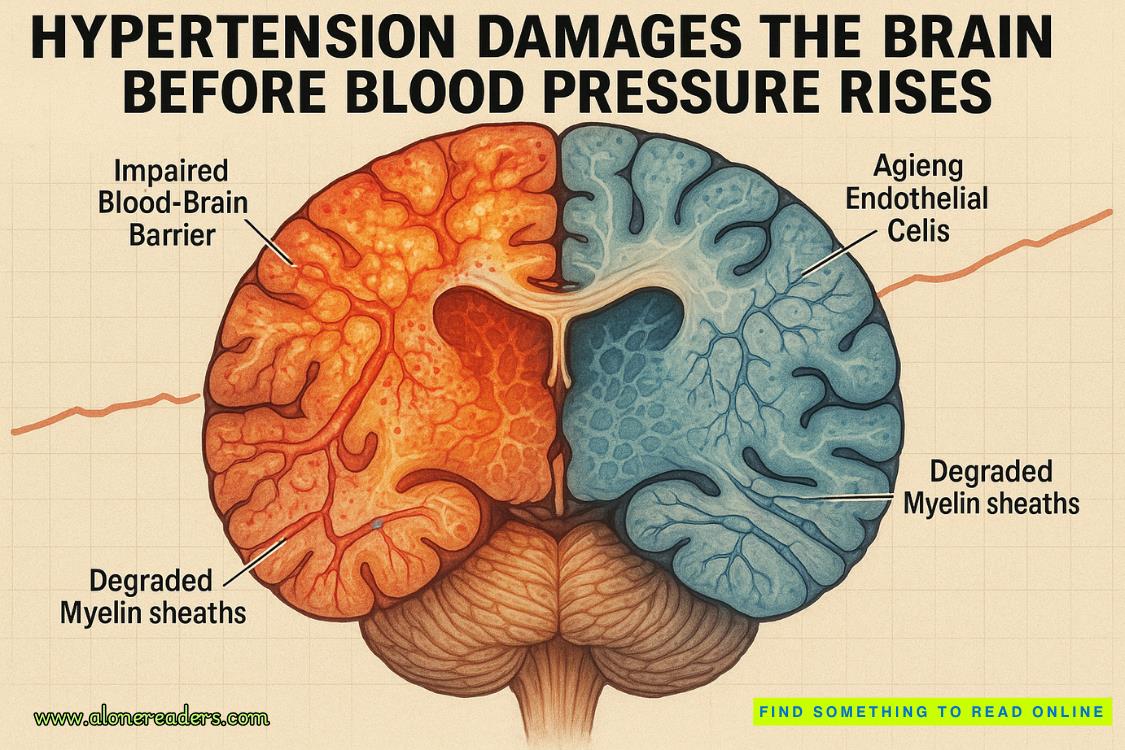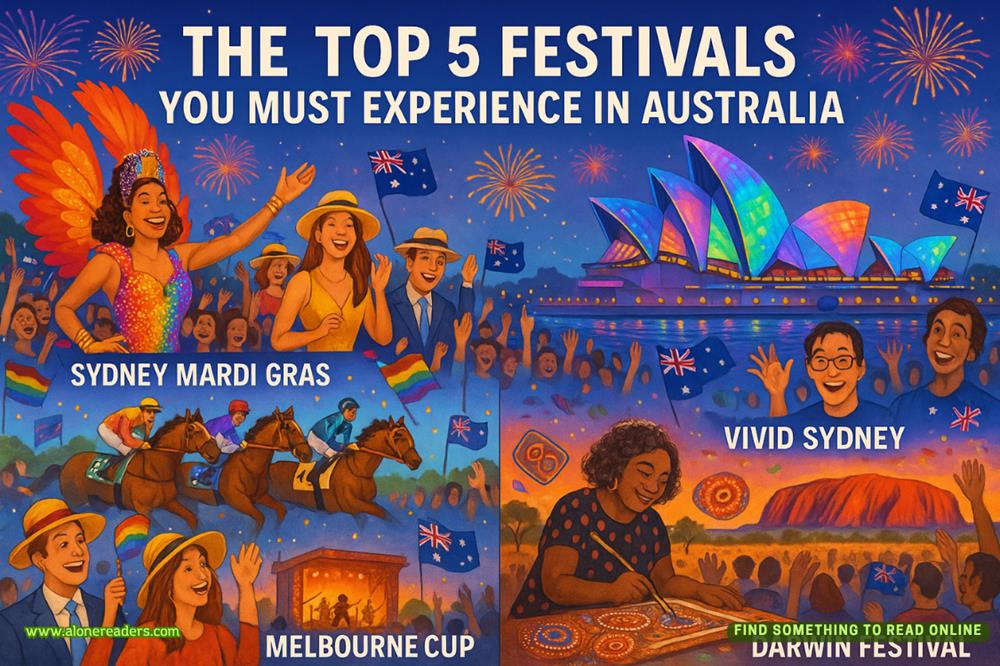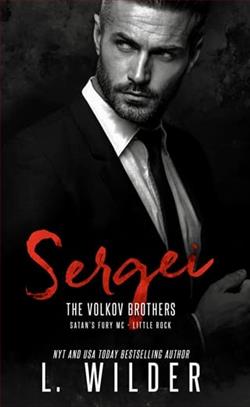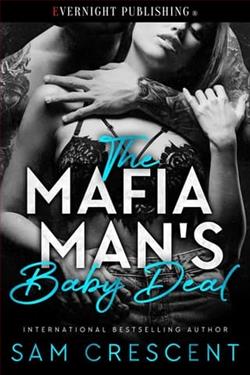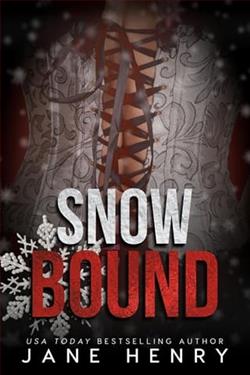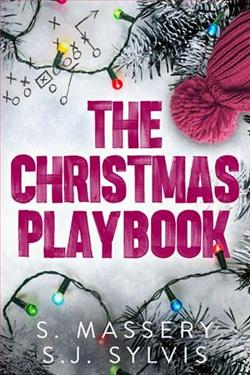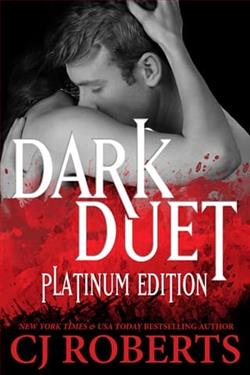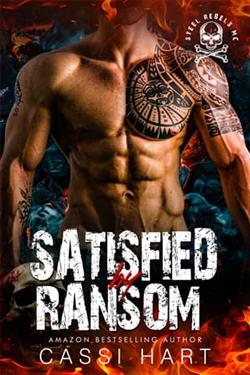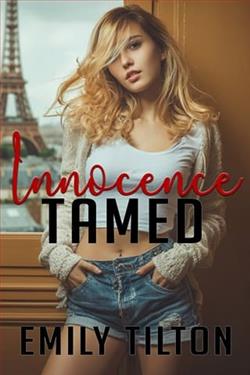Page 92 of Drawing Home
“I never enjoyed the rat race as much as you did, Bea. I don’t have your competitive spirit. But I always admired it.”
“And I always admired your creative spirit. You know, when you built this place, I read all those articles speculating that the next phase of your career would be architecture. But I never believed it. I think your heart is still in painting.”
“I’m done with painting but I’m also done with architecture. This place was a onetime burst of inspiration,” he said.
The house had been built in his frenzy to escape the city, to create a new life for himself. Bea knew how it felt to be fueled by such passion. She’d built both of their careers on it. And she wasn’t ready to give up.
“So come back to Manhattan. You’re not done yet. I’m not done yet. We can create something bigger and better than the Winstead-Wyatt Gallery.”
He shook his head. “Bea, don’t you see there’s another way to live? I’m happy out here. I wish you could find the kind of peace I’ve found.”
“I don’t need peace! I need work. I need a reason to get up in the morning. And there was a time when you needed that too. I’ll never understand why you walked away.”
“And I’ll never understand why you can’t slow down. Experience something in life other than work.” He reached into his pocket, pulled out a key, and pressed it into her hand. “I hope you’ll spend more time out here. You have an open invitation.”
“I appreciate that, Henry. But I have a very busy life in the city.”
“You could be busy out here,” he said.
“Doing what?”
“Someday I want to turn this place into a museum. A permanent installation of my work.”
A museum in a small harbor town? That was his legacy? How could their visions be so different?
It wasn’t until months later, alone in her Park Avenue apartment, that she’d warmed up to the idea of the Henry Wyatt Museum of Sag Harbor or whatever it would be called. It wasn’t an eponymous gallery in SoHo, but it was better than nothing.
She’d called Henry and said, “Okay. I’m in.” But he’d never followed up with her.
Bea looked at Penny, who was huddled over her work, humming softly to herself. “Penny,” Bea said. “I’ve been looking at a lot of drawings that Henry left around town. I wonder if they are intended to be pieced together, sort of a treasure hunt of art. That’s why I wanted to take a look at the drawings he gave you, to see if they help make sense of things. To see if maybe, when they’re all put together, they tell a story.”
“Like his graphic novel?”
Bea’s heart started to pound. “What graphic novel?”
“The one he wrote last summer. I was supposed to finish one too. But I just didn’t have a story to tell.”
“Henry wrote a graphic novel,” Bea said slowly.
“Yes.”
“What was it about?”
“I don’t know for sure. I saw only a few pages of it here and there, never the whole thing. He said it was for adults.”
Bea put her hand on Penny’s shoulder. “Penny, where is the book?”
Penny looked at her and shrugged. “I have no idea.”
It all made more sense now. Penny had shared her love of graphic novels, and it had inspired him, the way hanging around sculptors inspired him to sculpt and meeting fishermen inspired him to fish.
So where the hell was it? She’d already searched the house, the museums, the library. Where could the book be?
Henry, I still don’t understand. But I’m getting closer!
At one in the afternoon, Emma knelt in the back lawn digging up soil when Penny hobbled out and called to her from the steps, “Some lady is here to see you.”
“Who is it?” She scrambled to her feet, her stomach tightening. At that point, she felt that any news was bad news. Following Penny back into the house, she steeled herself for whatever and whoever awaited her on the front doorstep.

